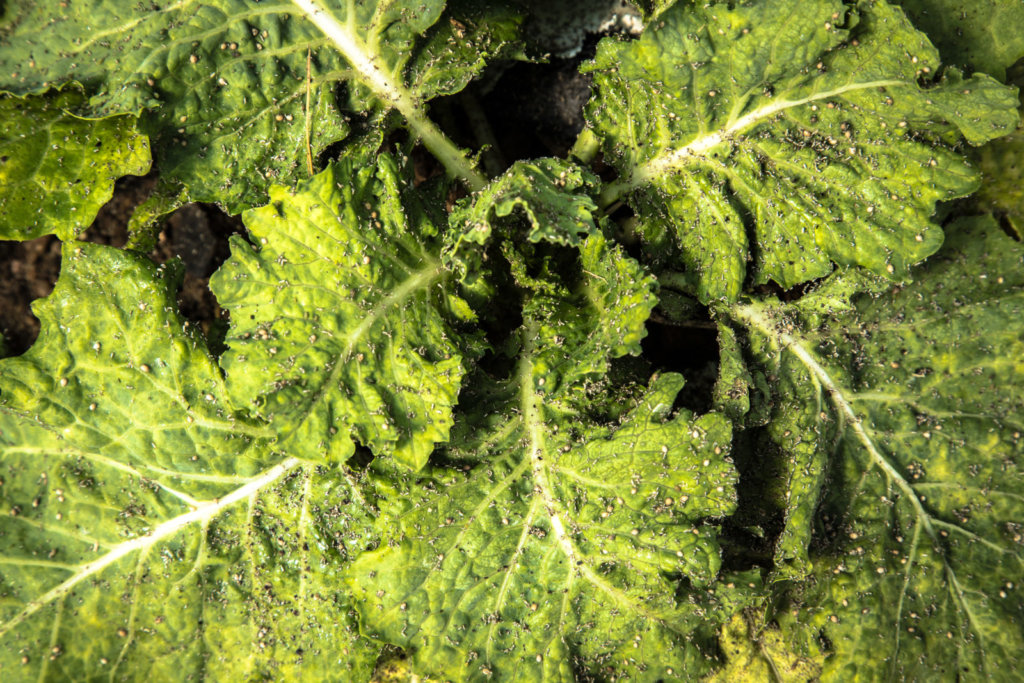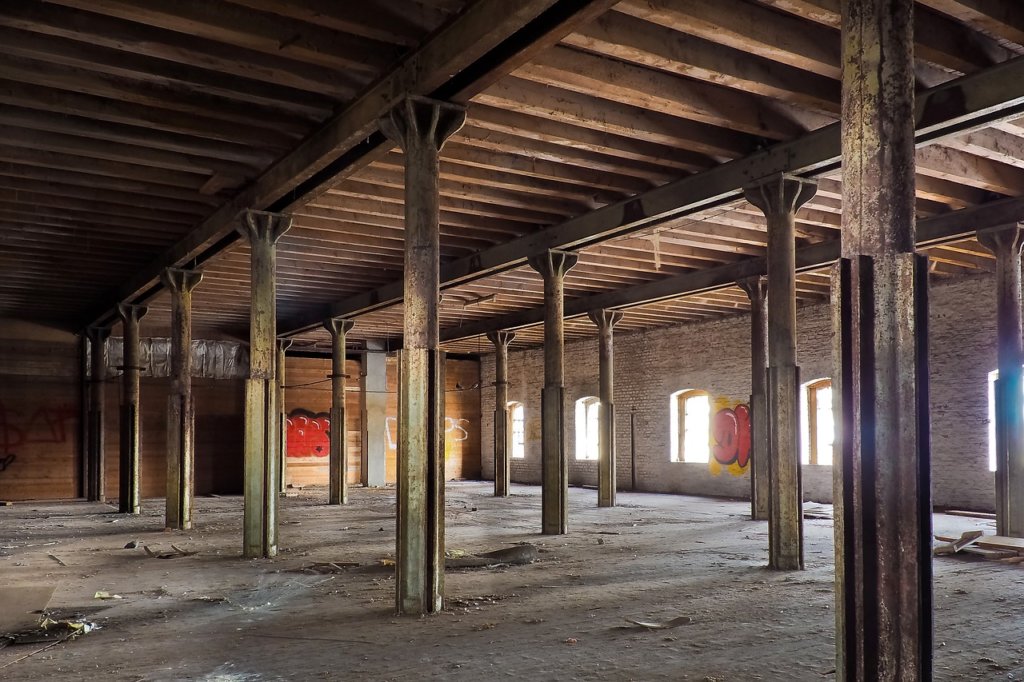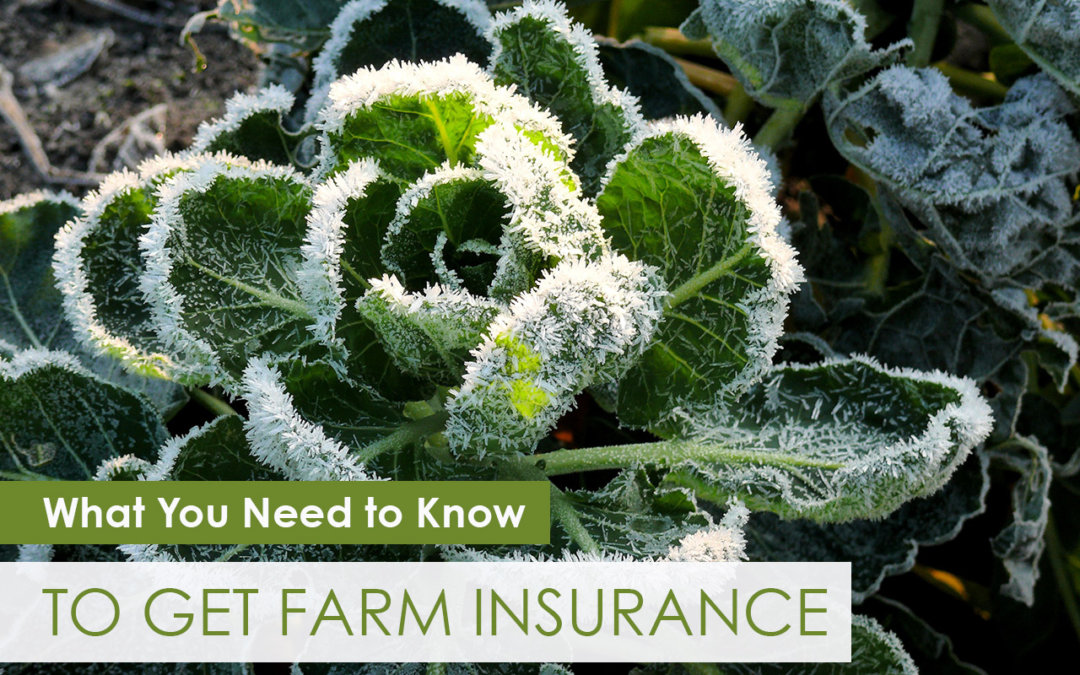Farmers need insurance.
A few winters ago, an intern misunderstood instructions for the inflated wall of our aquaponics hoop house and left a fan on overnight. The Laramie winter, at temperatures around -30º F, soon did its work. We found ourselves on a freezing Saturday morning using heat guns to thaw plumbing and replacing our heat exchangers since the copper piping had burst from the sudden cold.
Fortunately, the pipes between the fish tanks and crops had frozen quickly, sealing off the tanks in the fish house from the cold. Unfortunately, the grow house was not spared. Ultimately we lost a few thousand dollars in crops and equipment damage, but not all farm catastrophes end as mildly.
The point is: Farmers face hardship. Pests can claim a crop, a vital buyer can back out from an order, or a simple mistake can destroy an entire harvest. We’ve seen farmers lose farms to hurricanes, fires, and even have display systems struck by lightning.

When life leaves a farmer empty handed, they turn to insurance.
All for-profit farmers need insurance to operate. Whether you’re a new farmer considering a new farm or an experienced farmer expanding your farm’s operations, you’ll need to explore insurance options.
This article will illustrate the basics of farm insurance, the necessity of insurance for a successful farm, and how to make the right insurance choices for your farm. Here are a few things you should know before you go looking for insurance.
How does insurance work for farmers?
Farms stumble. There’s no escaping the inherent risk in starting a small business. While we believe that a farm can succeed with planning and research, the truth is that mistakes, catastrophe, and bad luck sometimes overcomes that preparation. That’s why we recommend every farmer seek out the right insurance plans for their farm.
Farmers insurance is primarily designed for insulating said farmer from the risks of their profession. While there are a number of potential pitfalls that a farmer must face, preparation, training, and a good insurance plan can reduce truly catastrophic damage to survivable damage. Getting farm-specific coverage is important since traditional farm insurers may not cover urban/indoor farms.
Shopping for the right insurance for your farm
There are generally two types of insurance providers. There are providers that are beholden to a single greater insurance conglomerate. You’ve likely seen commercials or heard of these before: Farmer’s Insurance, Geico, etc. Then there are private agents acting as brokers for a number of different insurance providers.
The private brokers are likely the best choice for small farmers. They offer the dual benefit of being independent of larger conglomerates and operating on a local level, much like yourself. These brokers are still running a business, but thrive on local relationships and customer satisfaction. Much like your fresh crops and transparency will appeal to those looking for alternative food sources, a local broker should appeal to those looking for alternative sources of reliable, affordable insurance.
What impacts your farm insurance costs?
To understand what impacts insurance costs, we are joined by our friends over at InterWest Insurance services and Contain, an alternative financing company for farmers, which are working together to pave the way for modern farm insurance policies. Tony Bruscia and Nicola Kerslake chimed in on the insurance conversation with some great info about what factors will impact your insurance cost. Some of them will surprise you.

Facility type and materials
Your facility quality and lifetime will affect the rates and coverage you can get on farm insurance. For instance, warehouses will – in most cases – be a sturdier structure than a greenhouse.
Both warehouses and greenhouses will vary in the materials and age of the structure, the amenities, and access to the building, etc. Key factors for greenhouses, for example, are the frame material (metal, wood, PVC) and “glazing” being used.
Weather and farm layout
Weather damage is one of the main causes for insurance claims, and farmers can increase or decrease the likelihood of weather problems by changing farm layout.
Tony tells the story of a farm in California near the ocean, which was incurring major damages to the structure due to wind. However, the owner found out that by using a different piece of the property and changing the orientation of the greenhouse, he could reduce that damage. They went from having major claims problems and almost being dropped by an insurance company to not having a claim in the last ten years.
Keeping weather factors like the wind in mind when building the farm can greatly impact your insurance costs.
Psst… A broker can help you identify these opportunities. Learn more in the webinar below!
Fire protection class
The fire protection available in your area will impact insurance costs. A farm in an urban area with space between buildings and a paid fire crew will have better damage control than a farm in a more remote area with dry brush and a volunteer fire crew, for example.
Urban crime issues
Crime rates can impact property damage and are considered by insurance companies when deciding a rate. If vandalism is an issue and there’s a chance of your growing facility having broken windows or other damage, you will see a rise in rates.
Employee safety and parking
Once your employees have parked their vehicle in your lot, they are on the clock for workers comp. One of Tony’s clients had an employee trip on the sidewalk before even entering the company building. They injured their face and the company had to cover workers compensation even though it was the city’s property. Have protocols and processes in place that protect employees.



This article does not speak about product liability issues arising from potential agricultural food safety hazards. If you are a small farmer without some of the larger infrastructure mentioned, product liability would be one of the main concerns.
nice one,thanks for the info
The fire protection available in your area will impact insurance costs, Thanks for the info anyway